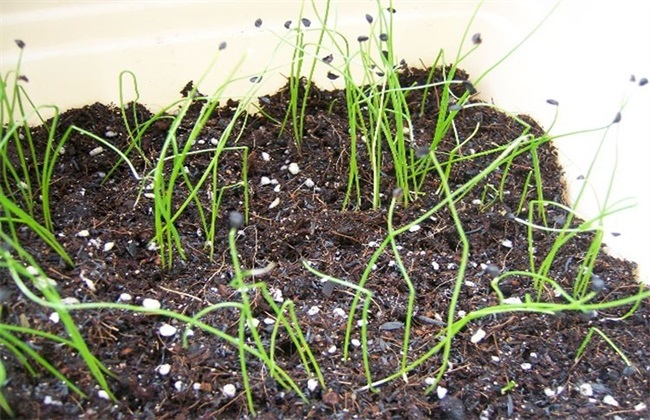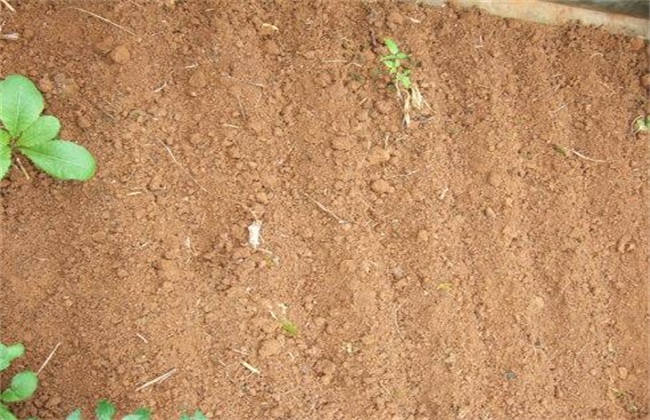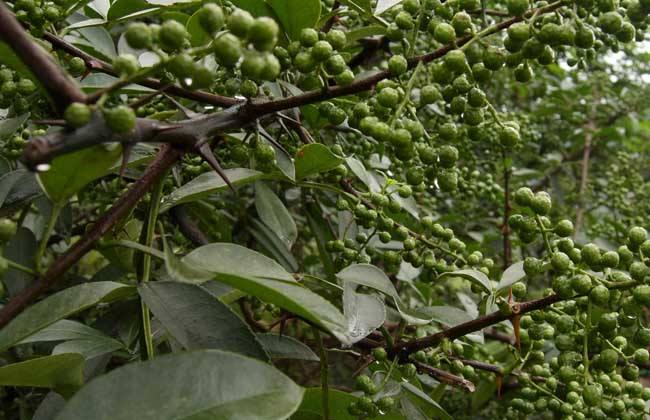Planting management of chives
Shallot planting should pay attention to sowing time, or late ramet time, to take into account the impact of sowing temperature, light and other natural conditions. How to adjust these factors. In addition, with regard to planting soil treatment, there is also how to apply fertilizer, what fertilizer should be applied, and what is needed in each period. What is the specific planting time and moisture control? How to deal with diseases and insect pests in the field. These are the contents of planting management. Now this article is mainly to introduce the details of spring onion planting management.

1. Sowing time
The seeds of chives can germinate above 5 degrees, which is 5 degrees lower than that of chives. But above 13 degrees, the germination speed is fast and neat. The upper leaves grow normally above 10 degrees, and the best plant growth temperature is from 15 degrees to 20 degrees. The growth is slow above 30 degrees. Low temperature time can be sown with film mulching, winter can be temperature-adjusted cultivation, high temperature can shade and cool. Spring and autumn are suitable for open field cultivation.
2. Requirements for land preparation
Under limited conditions, the barren soil can be improved and replanted, and the canal sand and humus soil can be directly disinfected and mixed with 1600 jin of mature livestock fertilizer per mu. The original soil can be dug away, or the topsoil can be mixed with fine tillage. Fertile soil only needs to be ploughed, rotary ploughed, weeded, leveled, and sprayed to kill eggs and germs. Then the ground will be sterilized for three days to ensure the safe period of the drug.
3. Fertilizer and water demand
The growth of chives is mainly long leaves and underground rhizomes, most of the fertilizers should be nitrogen fertilizer, followed by potassium fertilizer, phosphate fertilizer is the least. Topdressing in the later stage should be a small number of times, because it is necessary to keep the leaves from drying up and yellowing throughout the growing period. Due to the short growth period of life, fertilizer and water can not be relaxed, usually watered once a week, because the root system is less absorptive, and is afraid of drought.
Therefore, it is necessary to water many times but not too much at one time, which is easy to accumulate water.
4. Transplanting time
When the seedlings grow to about 8 centimeters, the seedlings will be divided and transplanted to the field, which can ensure a suitable planting space in the field and can be planted in a large area quickly. The transplanting plant spacing is 6 cm and the row spacing is 5 cm. Then the planting depth is 5 cm, the planting row width is 1.2 meters, the length is about 5 meters, and the row gap is 20 cm, which is convenient for management. Planting should be shallow and sparse.
5. Disease and pest control
It is easy to be infected with soft rot, and the stench is produced after decay. In the early stage of the disease, agricultural streptomycin is used to spray the base of the stem, near the ground, and the whole field. The disease was seriously removed in time and was taken out of the field to dry and burn. The main pest, onion aphid, accumulates at the tiller. And then it was all over the plant. Use 5% phoxim granules per mu to spread 2 kg of phoxim next to the root. Or spray compound Sophora flavescens insecticide 1 kg.
These are the contents of the management of chives after planting. The content of the article is mainly for your reference. I hope to give some help to those in need, thank you for reading support, more details can be put for reference, consultation and access, and other agricultural contents. pay attention to follow-up updates.
Related
- Where is it suitable to grow horseradish in China? it is expected to see the middle altitude horseradish in Alishan.
- How to prevent tomato virus disease reasonably? (Control methods included)
- Many people like to plant towel gourd on the balcony. What are the main points of this method and management?
- What crops can chili peppers be mixed with?
- Fertilization techniques and matters needing attention in Tomato
- What are the grafting techniques for peach seedlings in spring?
- Harm and control methods of root swelling disease of Chinese cabbage
- What are the pests of sweet potatoes? How to prevent and cure it?
- Symptoms, causes and Control methods of navel Rot in Tomato
- The cause of "Cucumber rotten bibcock" in Farmers' planting Cucumber and its Control Plan



